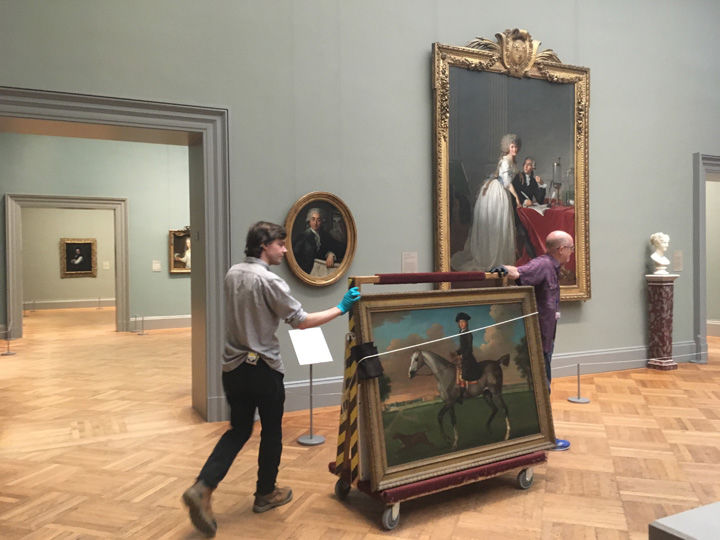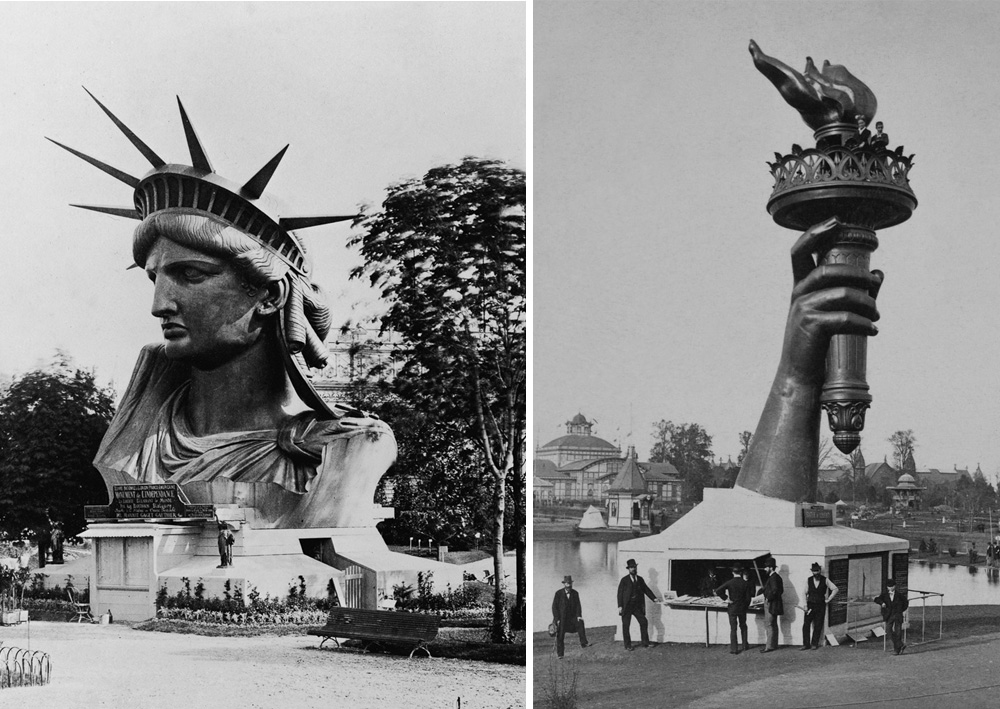
From The Guardian website
The safe transport of works of art is a fundamental aspect of the preservation of the global artistic and cultural heritage. It is a delicate and complex task that requires a deep understanding of the nature of art, careful planning and great attention to detail.
This article will explore the importance and methods of the safe transport of works of art, from practical and technical aspects to international standards and case studies of some of the world’s most famous works of art.
Art in Motion: The Challenge and Art of Transporting Works of Art Safely

From The Metropolitan Museum of Art website
THE DELICACY OF WORKS OF ART
Works of art are among the most delicate and precious objects in existence. This is because they are not mere objects: they are testimonies of eras, cultures and techniques of the past, and as such are priceless. From a practical point of view, works of art are often fragile and delicate, both because of the materials used (such as paint, paper, terracotta, wood, etc.) and their age. This delicate nature makes them extremely vulnerable during transport.
Transporting works of art can represent a huge risk. A journey, even a short one, can expose the work to a number of dangers, including changes in temperature and humidity, vibrations, shocks and careless handling. A single accident can cause irreparable damage, ruining or destroying an irreplaceable piece of cultural heritage. This makes the transportation of works of art a serious and complex issue that must be approached with great care and professionalism.
PRELIMINARY CONSIDERATIONS
Before embarking on the transportation of a work of art, a number of assessments have to be made. The size, weight, value and materials of the work must be considered. For example, an oil painting on canvas will require different handling than a marble statue or bronze artefact. In addition, the historical and cultural value of the work must also be taken into account, as well as its monetary value.
Risk estimation is another key aspect of transport preparation. Potential hazards related to the environment (such as temperature, humidity and atmospheric conditions), handling (such as loading and unloading, packaging and installation) and possible accidents (such as impacts, falls, etc.) must be considered.
PREPARING THE ARTWORK FOR TRANSPORT
Once the needs of the artwork and the risks associated with its transport are understood, it is essential to properly prepare the artwork for the journey.
Packaging is a key element in this process. The materials used must be suitable to protect the artwork from shocks, vibrations and changes in temperature and humidity. Often, this involves the use of quality materials such as bubble wrap, polystyrene, padded blankets and foam liners. Packaging techniques vary depending on the nature of the artwork: a painting may be packed in a flat box, while a sculpture may require customised support to keep it safe.
The safekeeping of the work during transport is another crucial aspect. This often means using custom-built crates, tailor-made for each work of art, which can provide maximum protection. Insurance, so-called ‘All Risk Artworks‘ is also a crucial aspect of safekeeping, as it offers financial cover in case of damage.
THE ROLE OF COMPANIES SPECIALISING IN THE TRANSPORT OF WORKS OF ART
Because of the complexities and risks associated with transporting artwork, many organisations outsource this task to specialised companies. These companies are experts in handling the unique challenges of transporting artwork, and have the experience and expertise to do so safely and efficiently.
Specialised art transport companies do not only handle the physical transport of the artwork. They manage the entire process, from initial planning and preparation to final delivery and installation, insurance, customs and much more.
When choosing an art transport company, there are some important criteria to consider. These include the company’s experience and reputation, its expertise, the security procedures adopted, its insurance policies and, of course, its ability to meet deadlines and budgets.
TRANSPORT: METHODS AND TECHNIQUES
Once the right company has been chosen and the artwork has been properly prepared, it is time for transport. The mode of transport can vary depending on the distance, scale and nature of the artwork. Transport can take place by land, air or sea.
Land transport is often performed with customised vans or trucks. For air transport, artworks are usually packed in customised crates and transported in the hold of aircraft. Sea transport, although less common due to longer transit times and possible complications, can be used for particularly large or heavy works of art.
During the journey, it is vital to ensure the protection of the artwork. This can include controlling the climate inside the transport vehicle, using devices to monitor and mitigate vibrations, taking security measures to prevent theft or damage, and tracking the artwork throughout the journey.

From Dudatticarte website
CASE STUDIES: EXAMPLES OF TRANSPORTING FAMOUS WORKS OF ART
History offers numerous examples of transports of famous works of art. One of the best known is perhaps the transport of the Mona Lisa from the Louvre to Washington D.C. and New York in 1963. For the occasion, the painting was transported by plane, protected by an air-conditioned crate and guarded by security agents.
Another famous example is the transportation of the Statue of Liberty from Paris to New York in 1885. The statue was disassembled into 350 pieces and packed into 214 crates before being loaded onto a ship for the long journey across the Atlantic.

